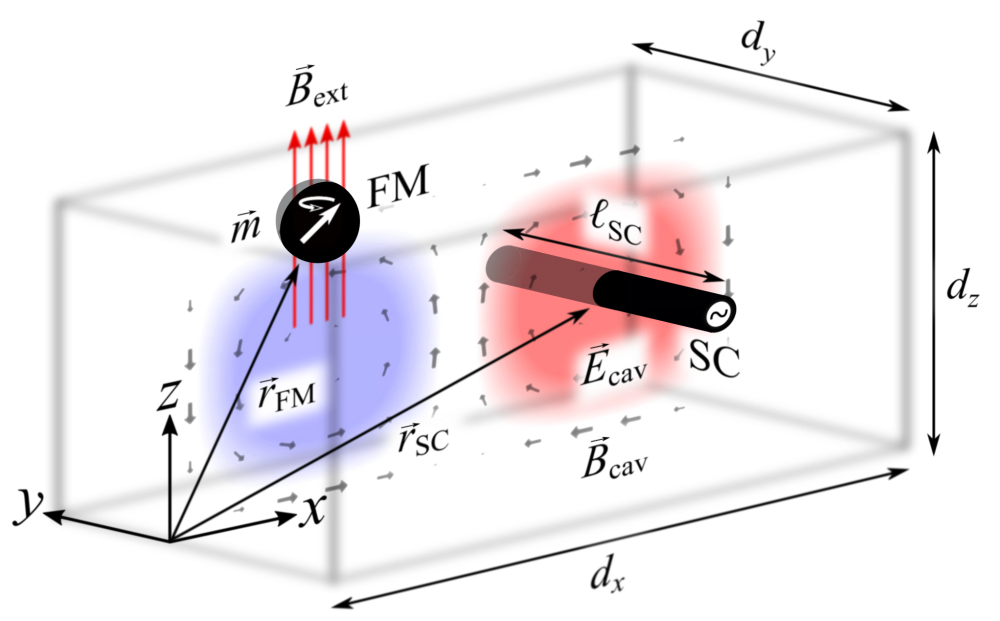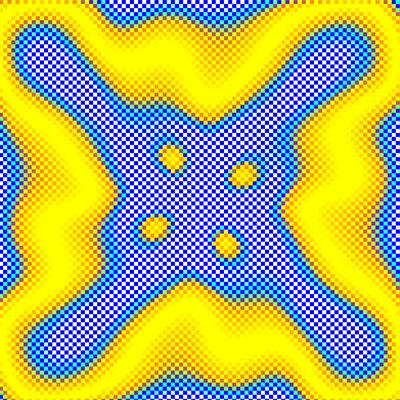Senior Researchers
Triplet Spintronics

Theme and goal
Superconducting spin-polarized triplets carry coherent quantum information. Their correlation does not decay in either ferromagnets or superconductors, evenwith impurities. This makes them a primary candidate for low-dissipation information transport in spintronics. We examine the interplay of magnetism and superconductivity in a range of systems using theoretical and numerical techniques. The goal of this research is to show that superconducting triplets are useful, low-dissipation information carriers in emerging spintronic systems.
Key questions
Until now our research has focused on conversion mechanisms from superconducting singlets to triplets, and their experimentally accessible signatures in standard spintronic contexts using thin-films and nanowires. In the future, we would like to challenge the geometrical constraints required to make use ofsuperconductivity in spintronics.
The first question builds on recent experimental advances in creating spintronic devices with curvature. It is known that curvature affects the spin-orbit coupling that can yield singlet-triplet conversion. Therefore, we will determine the potential and scope of curvature to generate and control triplet populations out of equilibrium. Our second question challenges a more central tenet of superconducting spintronics, which relies on the proximity effect for harnessing superconducting signatures. We will aim to show that triplet signatures can be manipulated non-locally via hybridization with spatially separated magnons in a resonant cavity. This may increase device operational range by several orders of magnitude.
Finally, we aim to apply the advances of superconducting triplet spintronics to other areas of solid-state quantum computing, such as entanglement optimisation and transmission.
For current activities, see QuSpin Annual Report 2023.

Super Cavitronics: We aim to go beyond the proximity effect to show photonic mediation of superconductive signatures. Illustration: Andreas T.G. Janssønn.
Quantum Magnetism and Ultrafast Phenomena

Theme and goal
Magnetism is one of the few purely quantum-relativistic
phenomena that can be observed even in the macroscopic limit and under ambient conditions in daily life. The origin of magnetism is intrinsic spin angular momentum of electrons. The strongest interaction in magnetically ordered systems, that tends to align the spins of electrons, is called the Heisenberg exchange interaction whose sign determines parallel/ antiparallel orientation of the spins leading to ferro-/ antiferro-magnetism. The origin of this interaction is the Coulomb interaction between electrons and the Pauli’s exclusion principle. Other important spin interactions in magnetic systems are anisotropic exchange and Dzyaloshinskii-Moriya (DM) interactions originated from relativistic dipolar and spin-orbit interactions. The competition between different spin interactions results in various exotic and emergent phases of magnetic systems. Therefore, direct manipulation of spin interactions enables control of magnetic states of quantum materials.
The major focus in our group is to study ultrafast phenomena (i.e., phenomena which occur on a time scale of picoseconds or less) and quantum dynamics in various magnetic systems far from equilibrium under different perturbations such as laser pulses, electric fields and temperature gradients. We are interested in phenomena such as ultrafast spin dynamics and two-magnon creation, Bose-Einstein condensation of magnons, generation of topological magnetic solitons and their dynamics.
The goal is to develop theories for understanding the mechanisms behind different nonequilibrium spin dynamics phenomena and consequently use them to design and control novel state-of-the-art quantum devices for future information technology.
Key questions
Effects of different interactions, such as electron- electron, magnon-magnon, magnon-phonon etc., on nonequilibrium systems are challenging problems which call for the development of sophisticated analytical and advanced numerical techniques.
The development of theoretical frameworks for describing these phenomena on a microscopic level are the most important open questions in this research field.
For current activities, see QuSpin Annual Report 2023.

